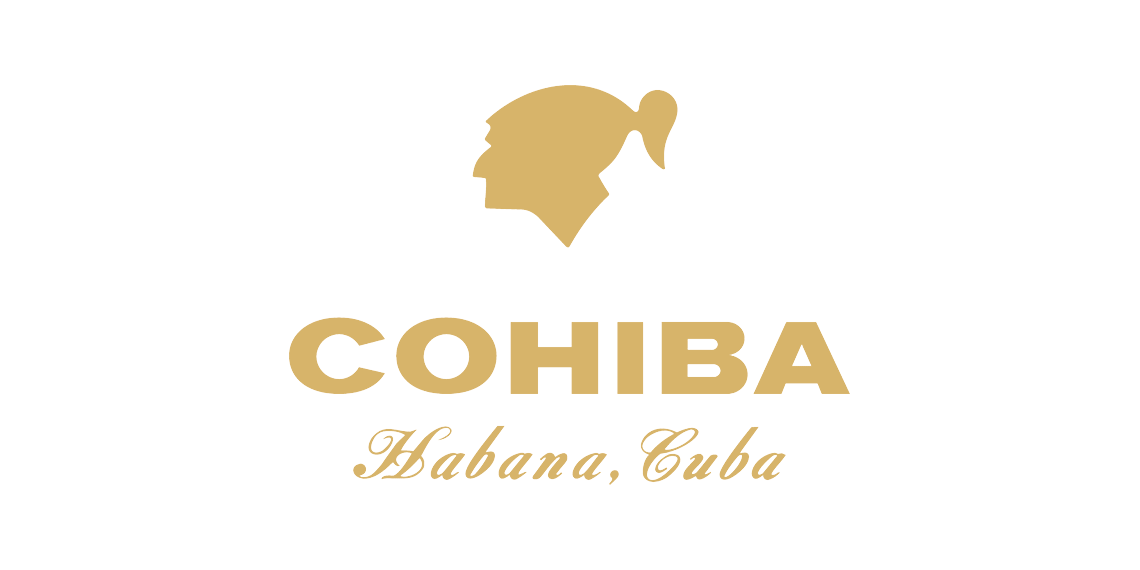
- Order number: SW10019
- Open text field 1: Cohiba, Siglo, III
Worth knowing
In the age of Gordos, the traditional Corona Grande format is unfortunately hardly ever found on the cigar market. How unfortunate this is is shown by no other cigar as well as this one – highly concentrated aromas, slow burn and exciting development delight (not only!) experienced aficionados for at least 70, sometimes üover 100 minutes.
Aroma
This elegant cigar is a prime example of the characteristic of long Coronas to show a varied development of aromas in the course of smoking. Initially quite typical for the series, with a lot of bitter, „summery“ seeming honey and flowers, it gradually plays more and more wonderfully spicy flavours and „tones; The aromas of fine woods and woods, gentle earthiness, coffee scents, umami notes like mushrooms and chestnuts can be tasted. The sweeter facets, however, remain. An aromatically quite powerful, also above-average strong smoke and an ingenious alternative to the Lancero!
| Cigar brand: | Cohiba |
| Warengruppe: | Zigarren |
| Zigarrenserie: | Cohiba Siglo |
| Format: | Corona Grande |
| Ringmaß: | 42 |
| Länge in cm: | 15,56 |
| Country of origin tobacco: | Kuba |
| Country of origin binder: | Kuba |
| Country of origin cover sheet: | Kuba |
| Stärke: | mittel |
| Flavors: | Coffee, Gewürze, Wood |

Cohiba ist die Spitzenmarke unter den Habanos. Sie wurde 1966 ganz persönlich für den Máximo Líder Fidel Castro erschaffen. Ihr Entstehungsort war lange Zeit ein großes Geheimnis, denn niemand sollte wissen, woher sie stammte. Im Grunde war Cohiba lange Zeit die inoffizielle Hausmarke der Staatsführung und außerhalb dieses Zirkels praktisch nicht zu ergattern. Mit einer großen Ausnahme: als Geschenk, welches nur hochrangigen Staatsgästen vorbehalten blieb. Erst 1982 entschloss man sich, ein limitiertes Kontingent auch in den freien Handel zu bringen. Spätestens zu diesem Zeitpunkt wurde auch der Ort der Entstehung unter den Aficionados dieser Welt richtig bekannt: die Manufaktur El Laguito in Havanna. Die ehemalige Villa eines Zuckerbarons ist die Wiege dieser ersten postrevolutionären Marke. Sie liegt ein gutes Stück außerhalb der Stadt im Stadtteil Cubanacán, deshalb konnte ihre Lage so lange geheim bleiben. Hier wird die Auslese der Auslese zu einer Cohiba zusammengestellt – zum Nonplusultra unter den Habanos.
« Entdecken Sie passendes Zubehör zur Ihrer Lieblings-Zigarrenmarke »











































